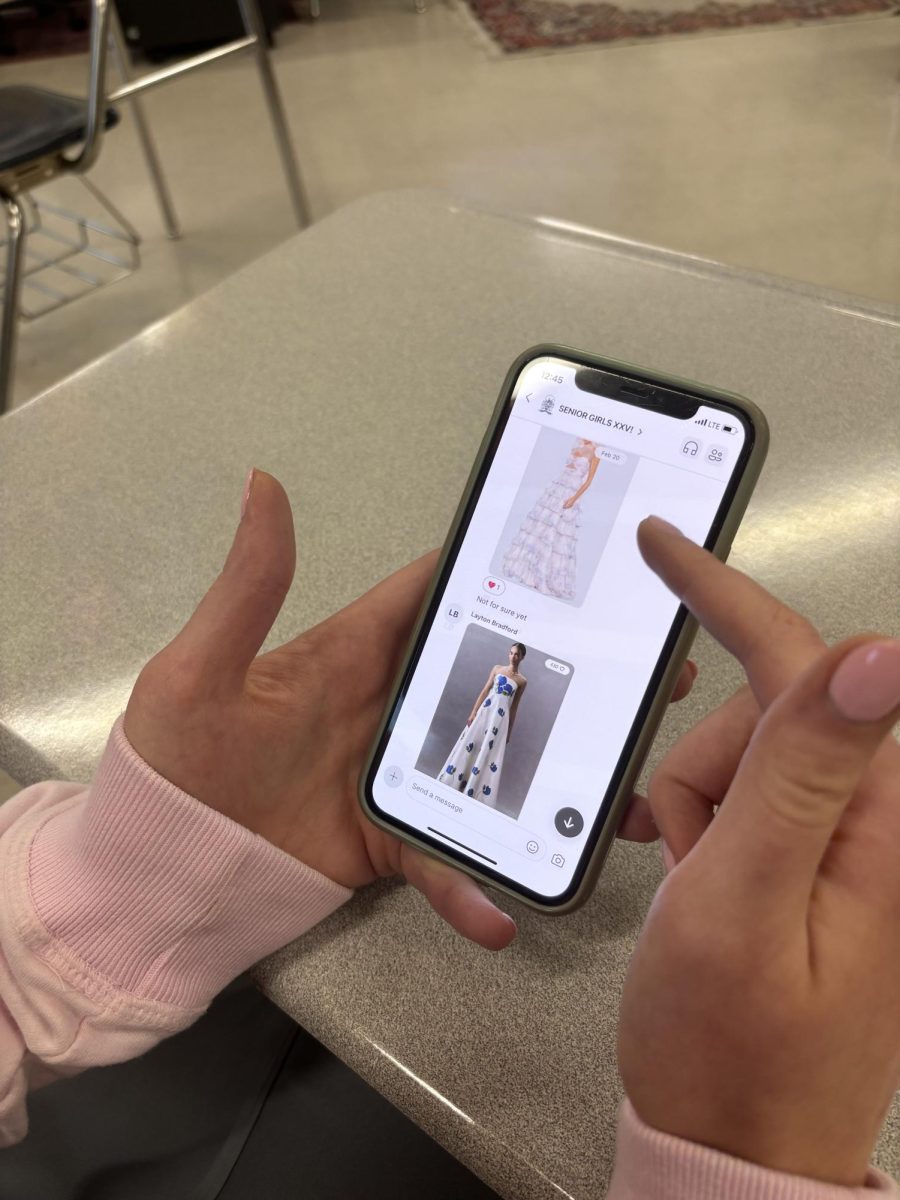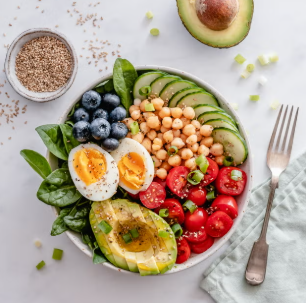Sophomores in Mrs. Dameron-Vines’s English 10 class worked throughout the month of March on a unit to craft Opinion Editorials, articles that explore an author’s opinion on a chosen topic of interest. We are happy to provide a platform for an on-going series that highlights some of students’ work.
I’ve always wanted to be able to call myself a proud American, but there are just so few reasons to, and so many reasons not to, one of which is our food culture.
One of the most embarrassing things about America is our around 40% obesity rate in adults. There are many factors at play here, including lack of physical activity and high amounts of stress, but according to the National Institute of Health, a main component is diet.
Over the years, I have noticed that food has become an exceedingly prominent issue in society. Luckily, my parents raised me to be intentional about the food I eat, but as I have become more independent it’s increasingly obvious how botched the American food industry is and increasingly hard it is to make healthy choices. Studies have shown that the average American diet consists of excess sodium, saturated fat, and calories from solid fats and sugars. This is not only because of unhealthy eating habits, but also because a lot of the food we consume is highly processed and contains ingredients that are detrimental to our health. Preservatives, artificial ingredients, and inordinate amounts of fat and sugar are common in so many products we consume on a daily basis.
The event that piqued my curiosity about food in America was my trip to Europe. During my time in Spain, I noticed that food didn’t affect me the way it normally did–lactose didn’t cause problems, and I felt overall more energized. This influenced me to research more about dietary differences between Europe and the U.S., and I found that there are vastly different ingredient standards and regulations. There are also different requirements for ingredient labels. In America, labels use vague terms like “natural flavors” that leave customers wondering, whereas in Spain, brands were straightforward about their ingredients, and foods were noticeably fresher and higher quality.
It’s hard to maintain a healthy body when the majority of the food options on the market provide us with very little nutritional value, and a lot of unnecessary and even harmful chemicals. The food industry is geared more towards making profits than making their products healthy, so if adding bright colors to cereal makes more people buy it, they don’t think twice about throwing in a plethora of artificial ingredients.
A way people can fight the forces against them is by making conscious decisions about food. Fast food culture is a huge aspect of American culture, and is undoubtedly one of the biggest reasons for our unhealthy dietary statistics. Cooking food at home using healthy, mindful ingredients is one of the best ways to support health and a balanced diet. Also, paying attention to the products you buy will make an impact on your health. Reading the ingredients list will steer you away from many unassuming products. Another significant reason people often buy unhealthy products is affordability. Most people are willing to look away from the ingredients list when the price is right. However, your health is an investment, both of time and money. It’s up to you to decide if it’s worth the convenience.
Personally, my family and I value our health a lot. We rarely eat out, and my mother cooks for us most nights. We always buy organic produce when possible, despite inflation taking its toll in the grocery stores. We try to limit the amount of processed snacks in our pantry, and search for healthier alternatives instead.
It may not seem like it makes a difference, but I would encourage all households to put these practices into place because of the benefits of a healthy diet. The phrase “you are what you eat” is true–the food you consume affects every aspect of your body, including your mind and energy. There is no easy way to combat America’s broken food system, but there are still steps you can take to have a healthier lifestyle… and not be a part of that 40%.



























